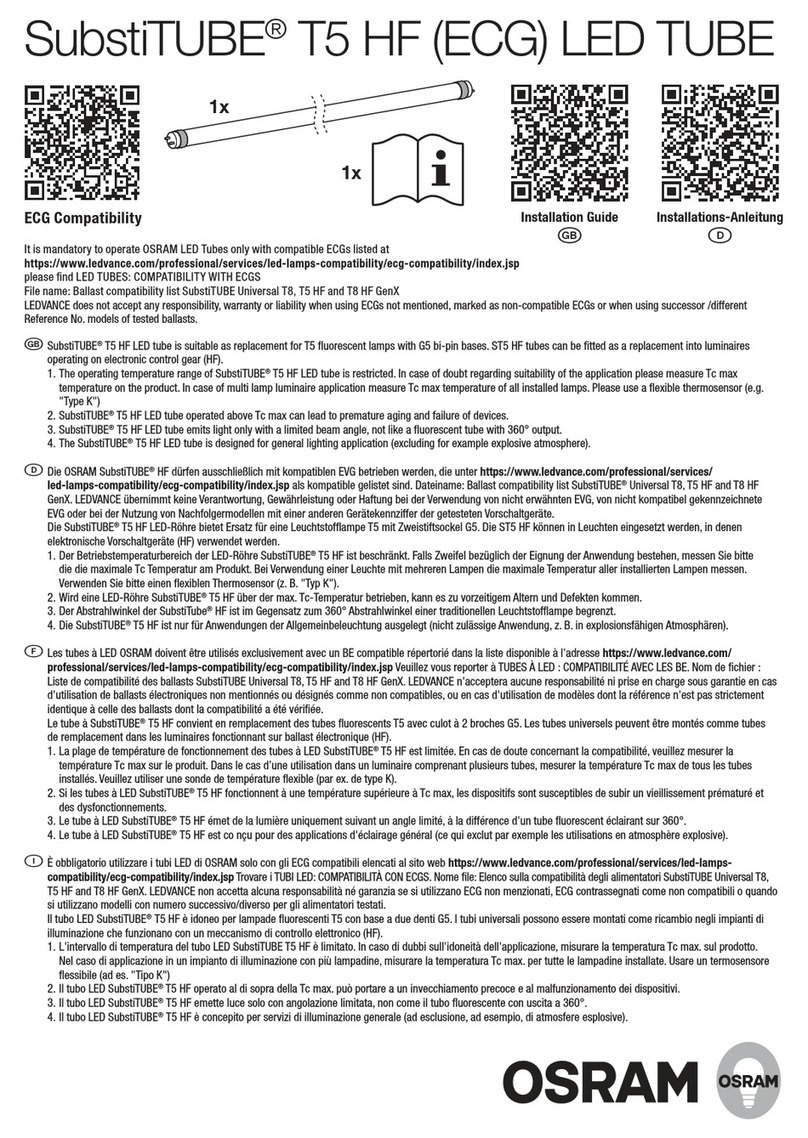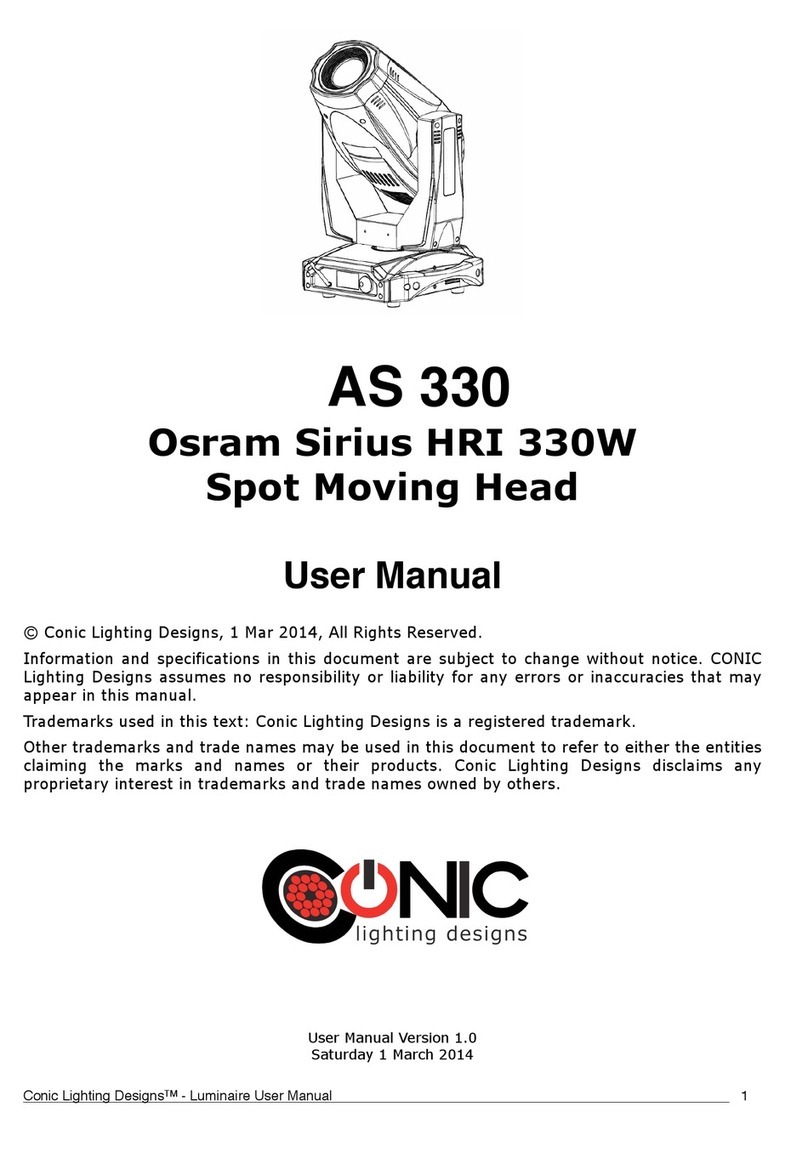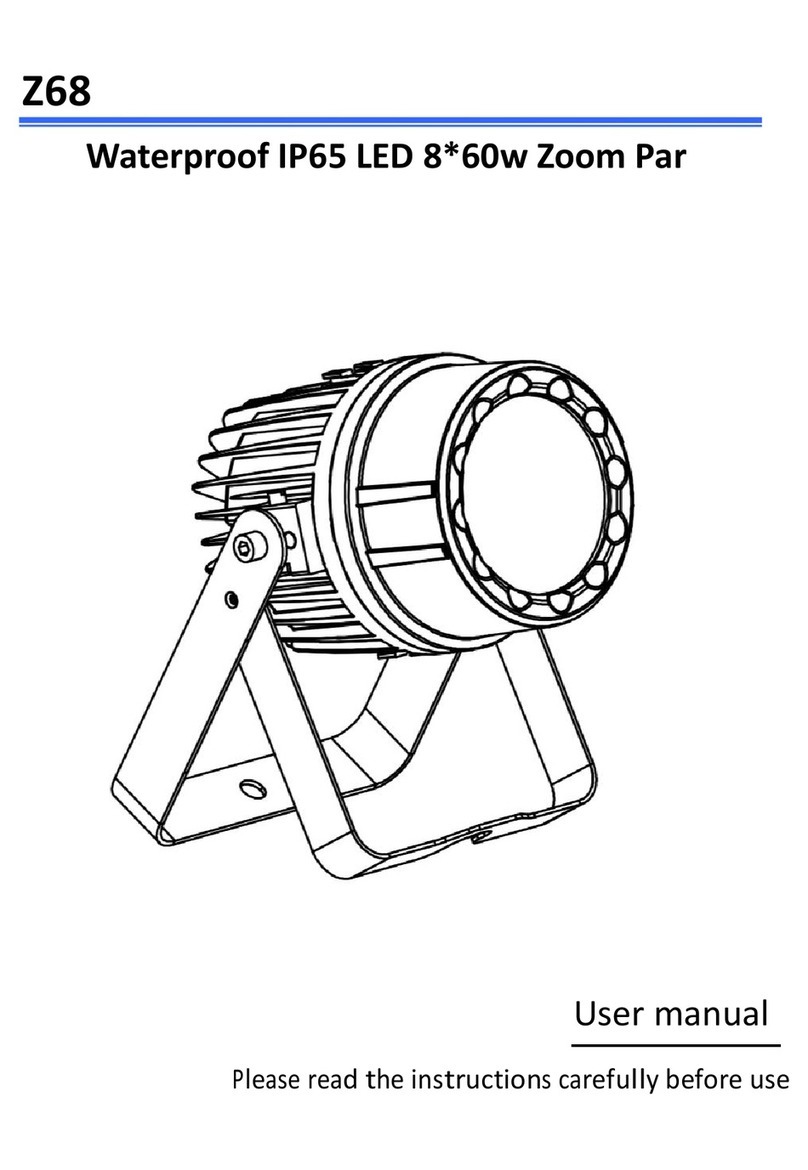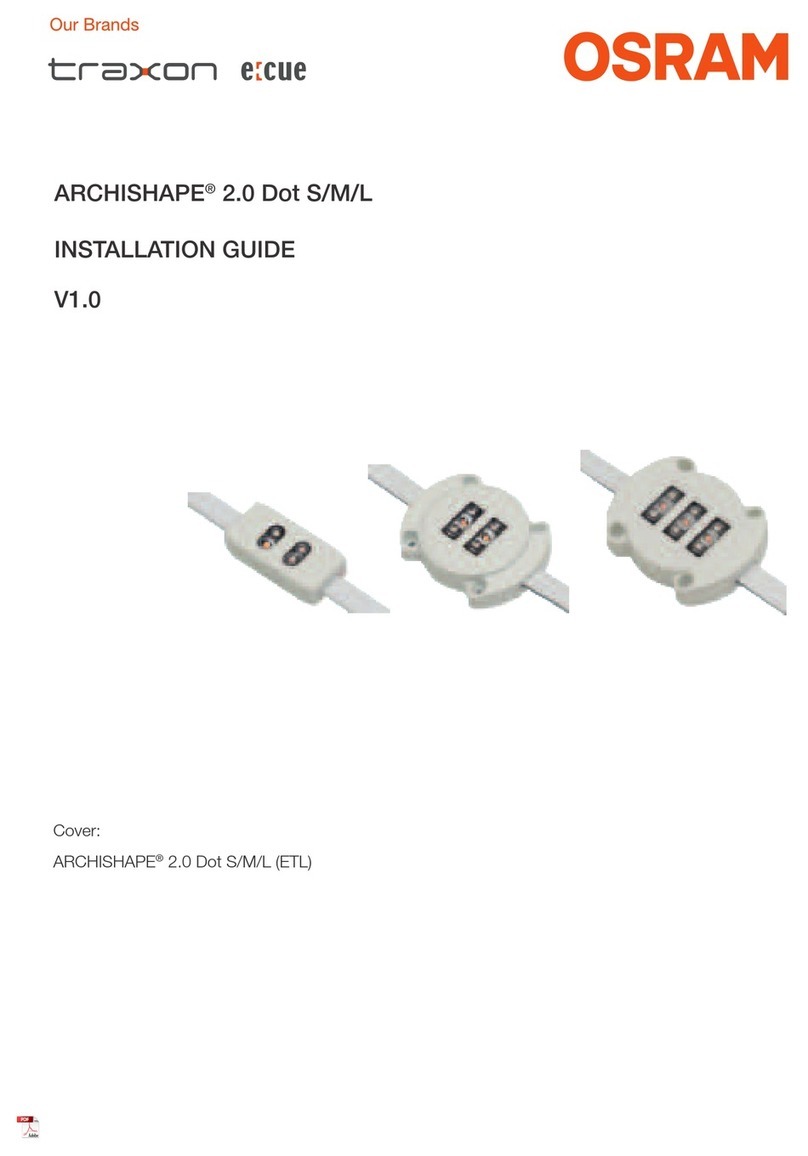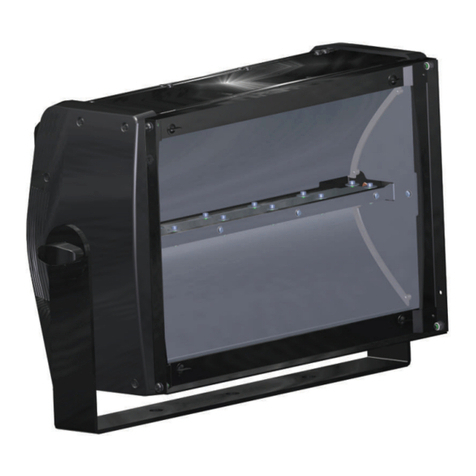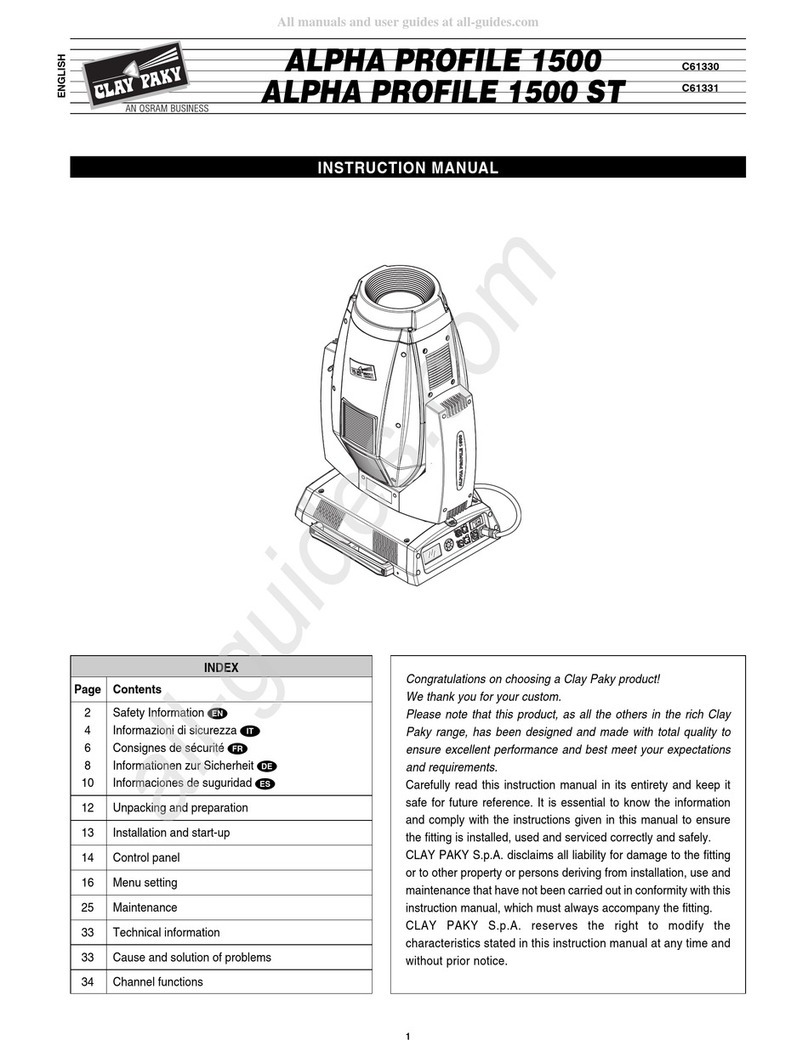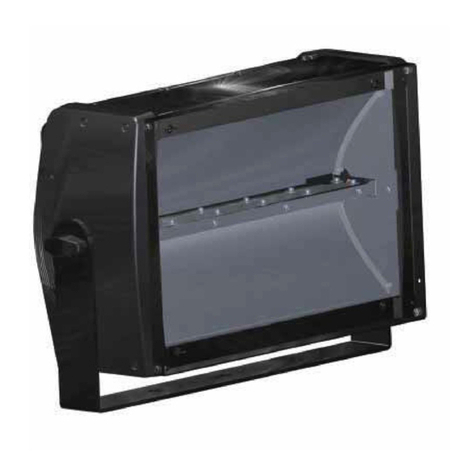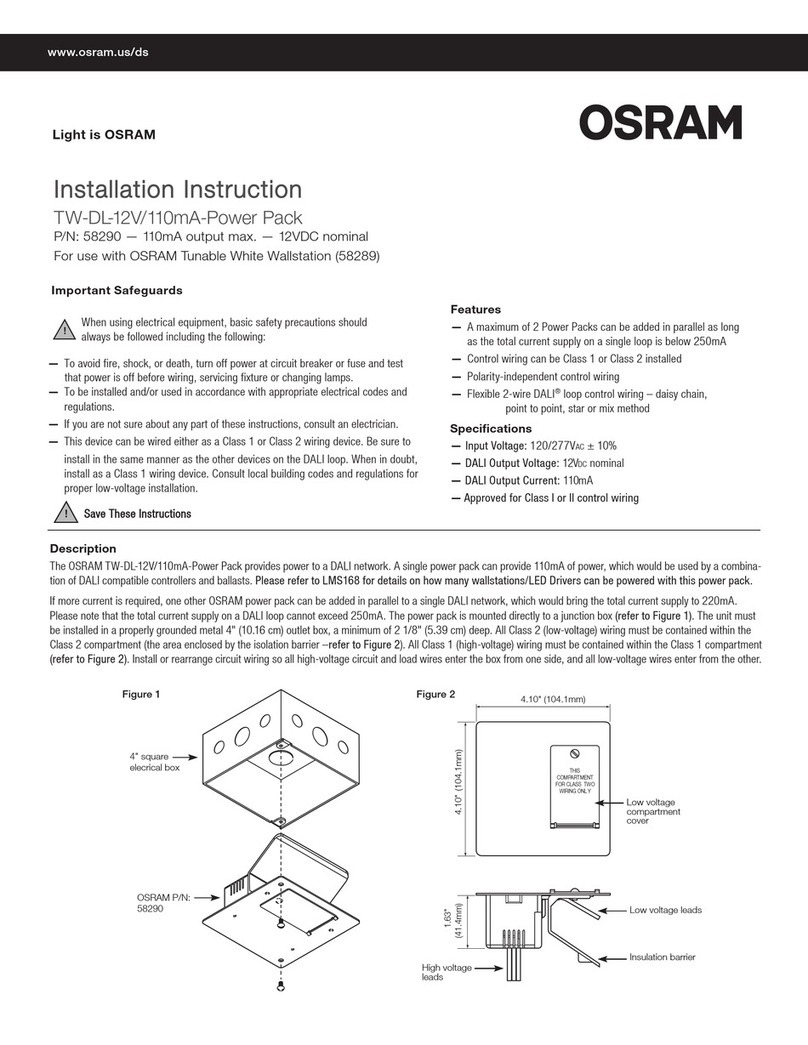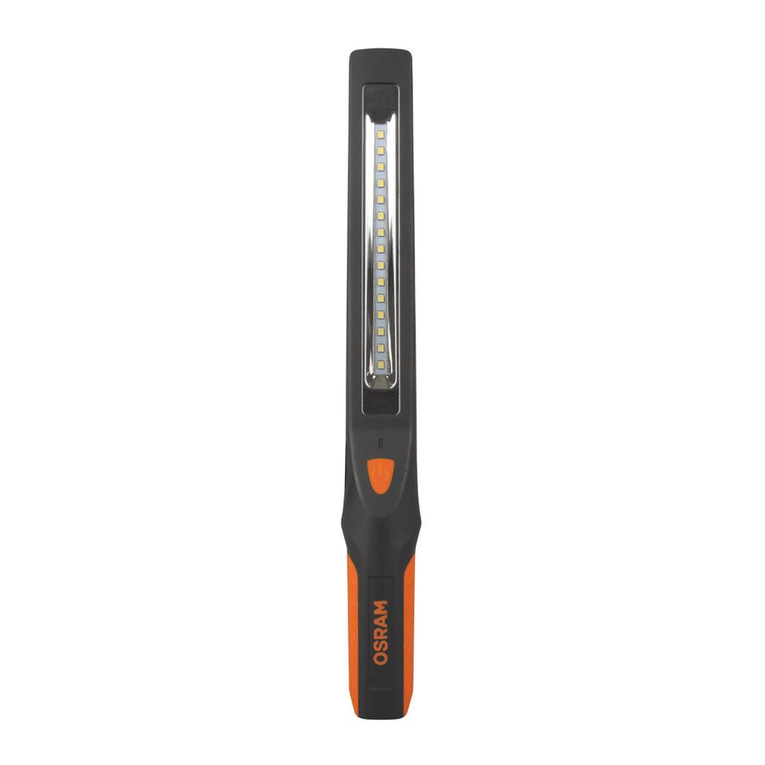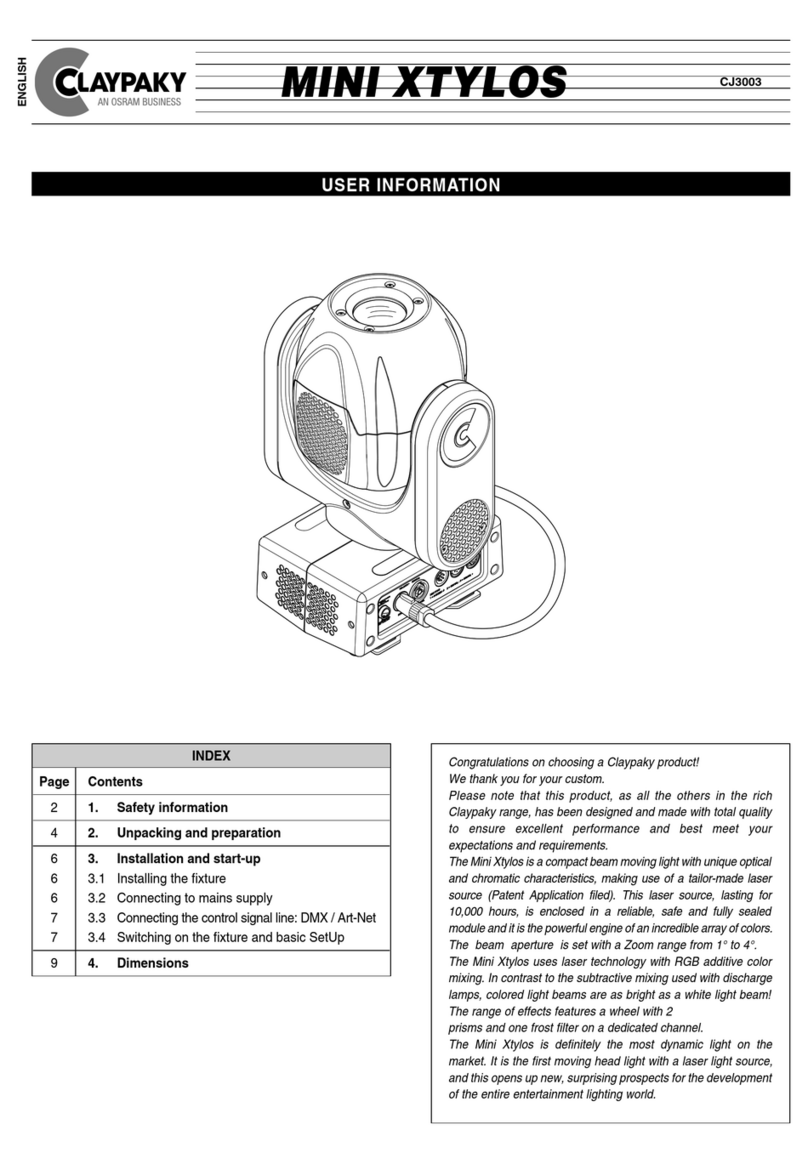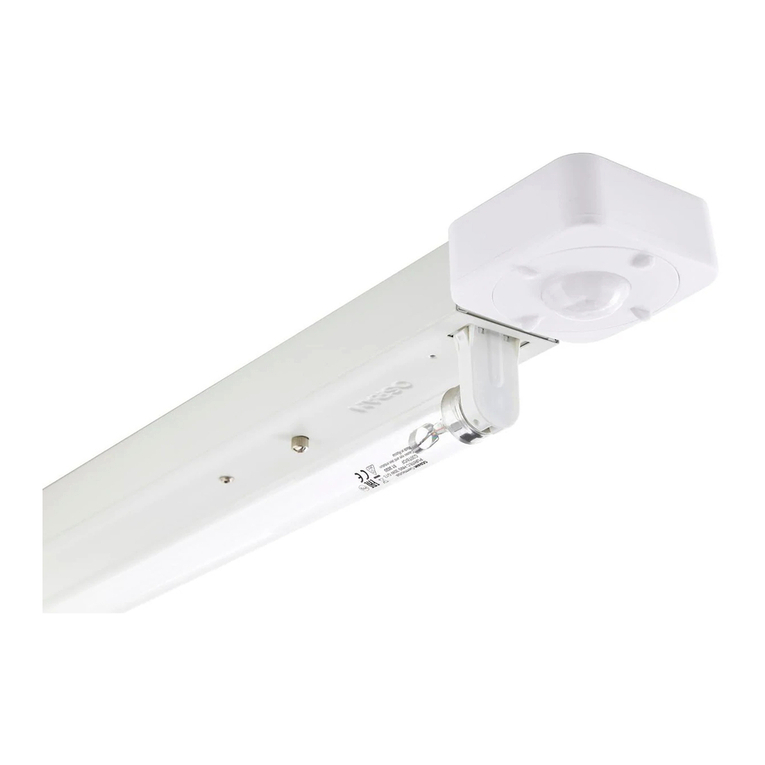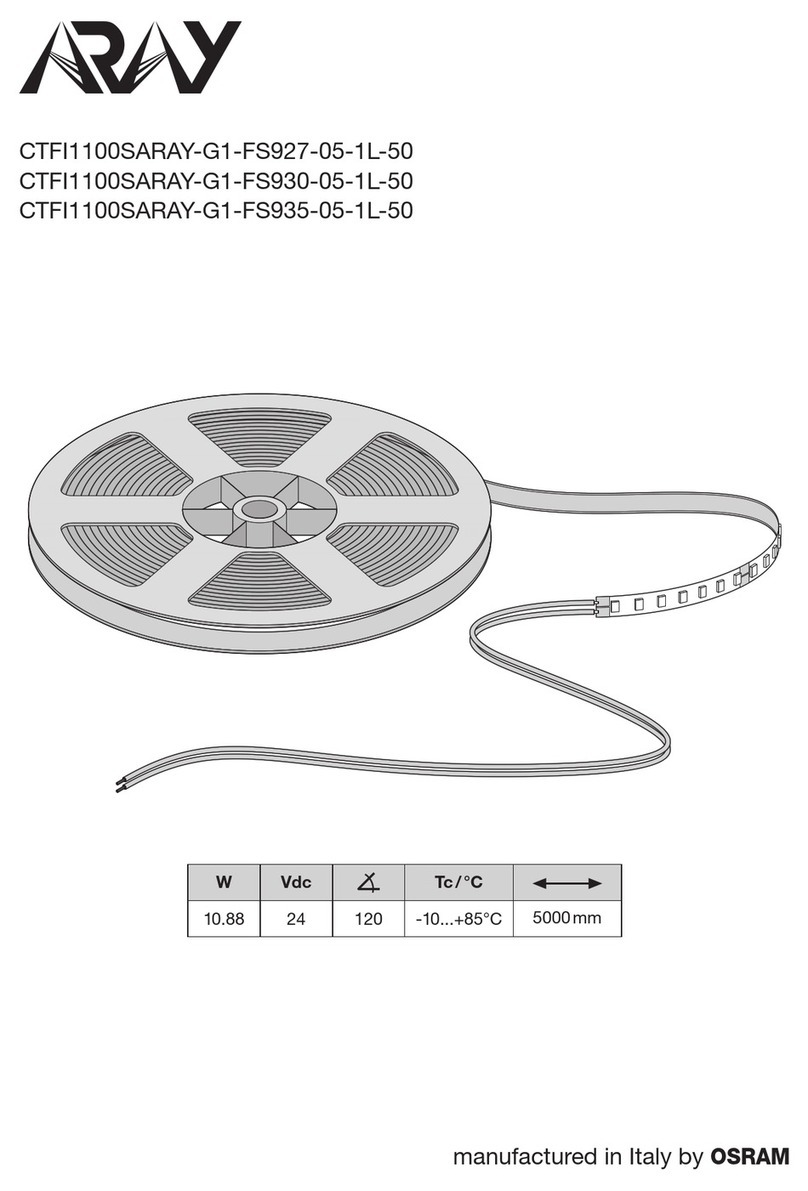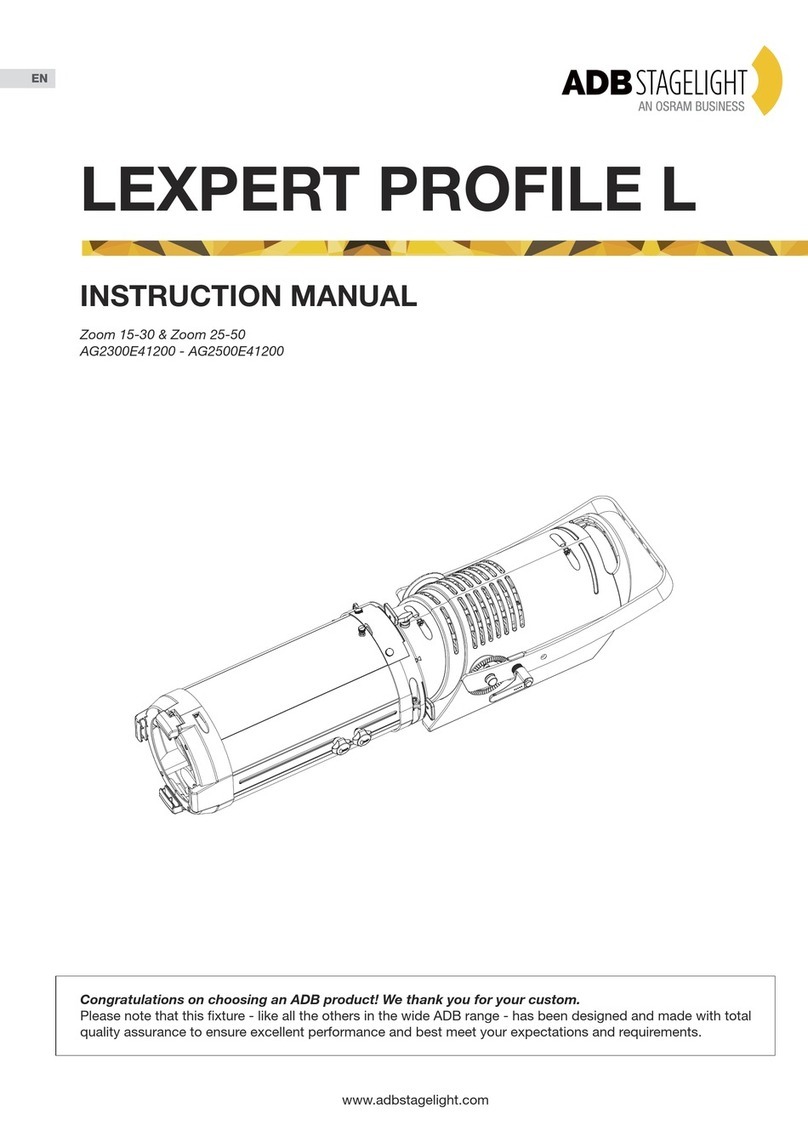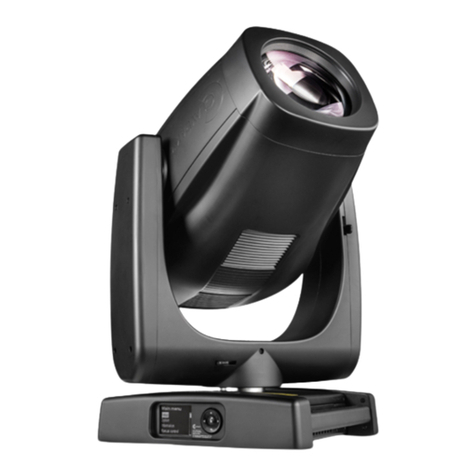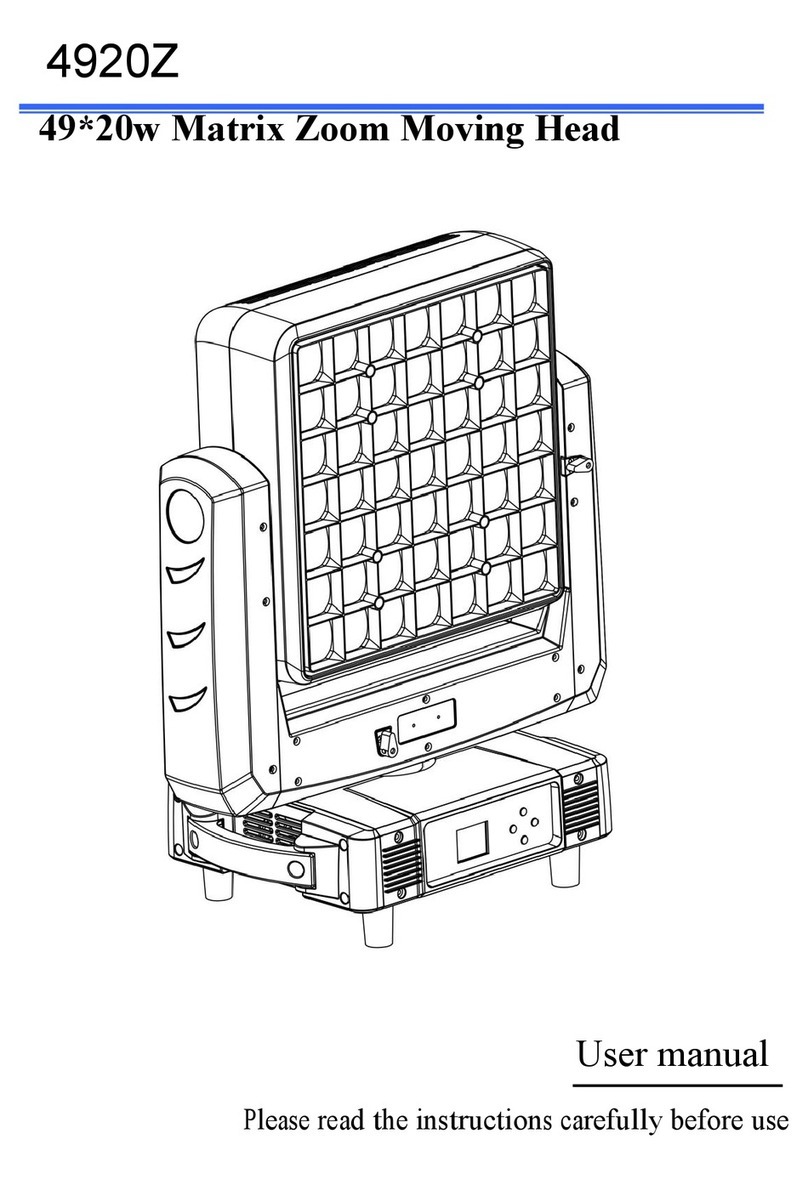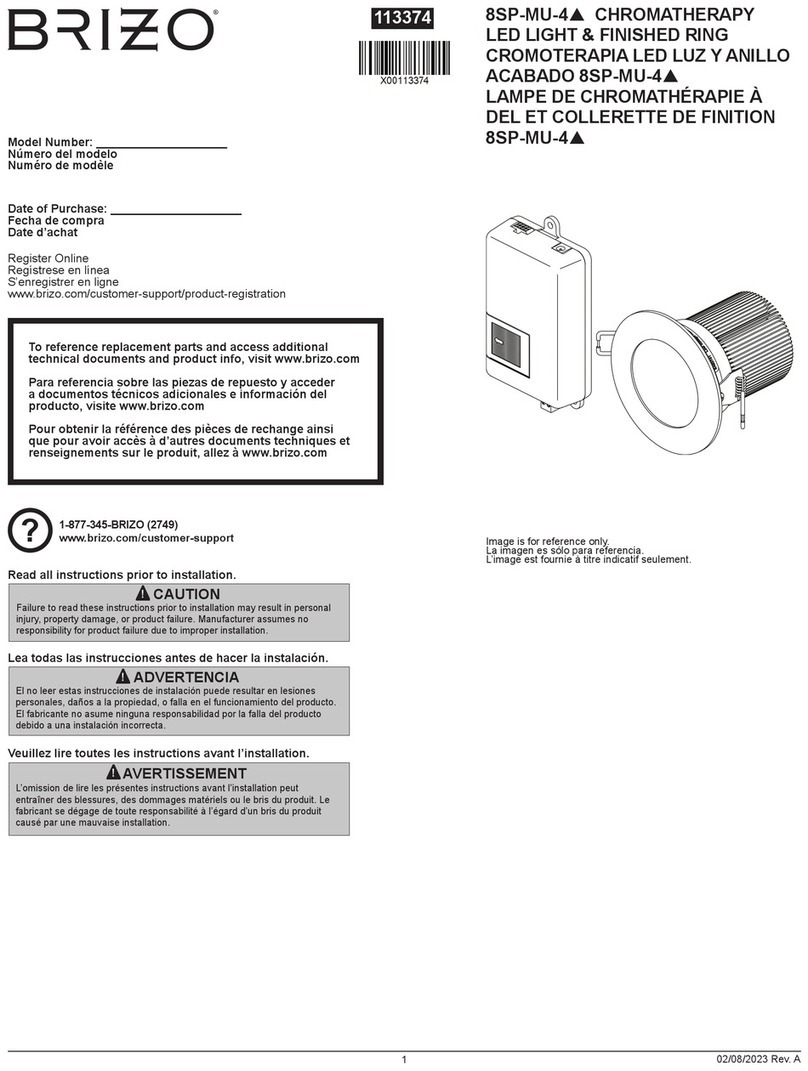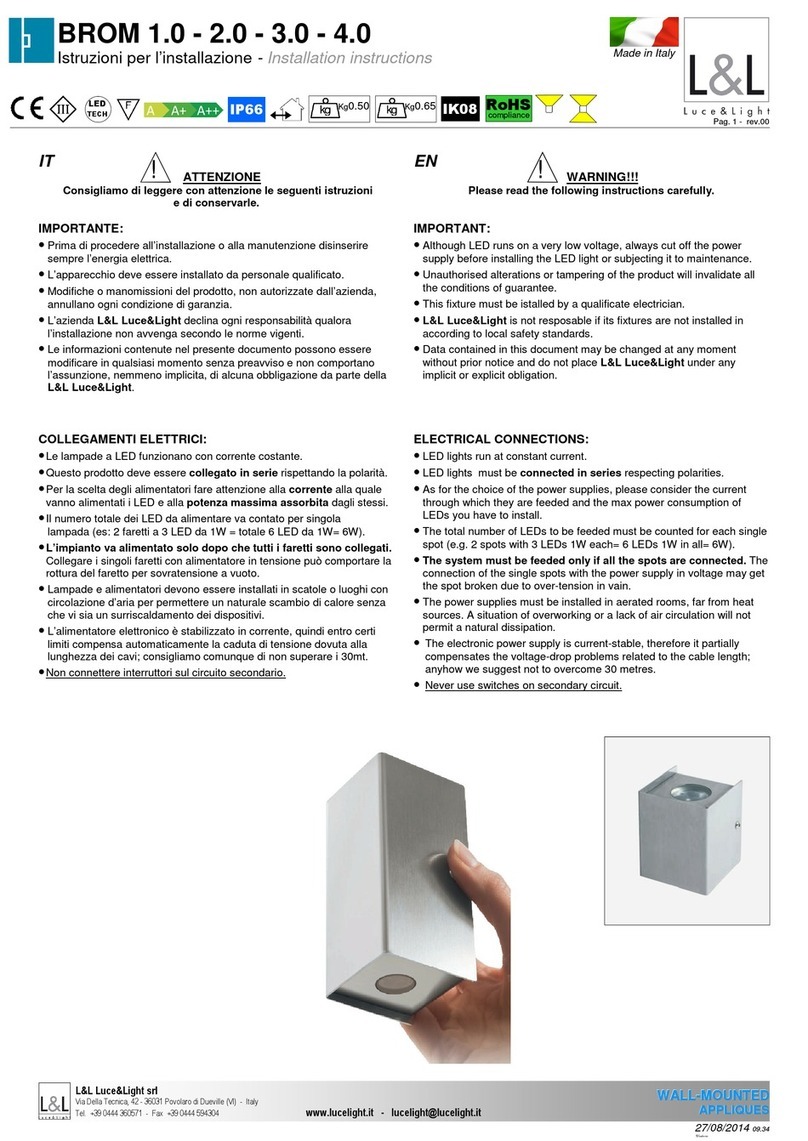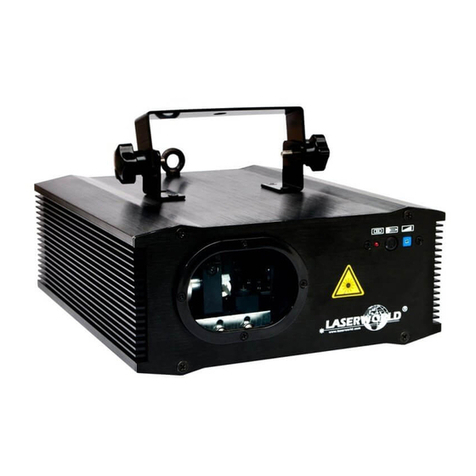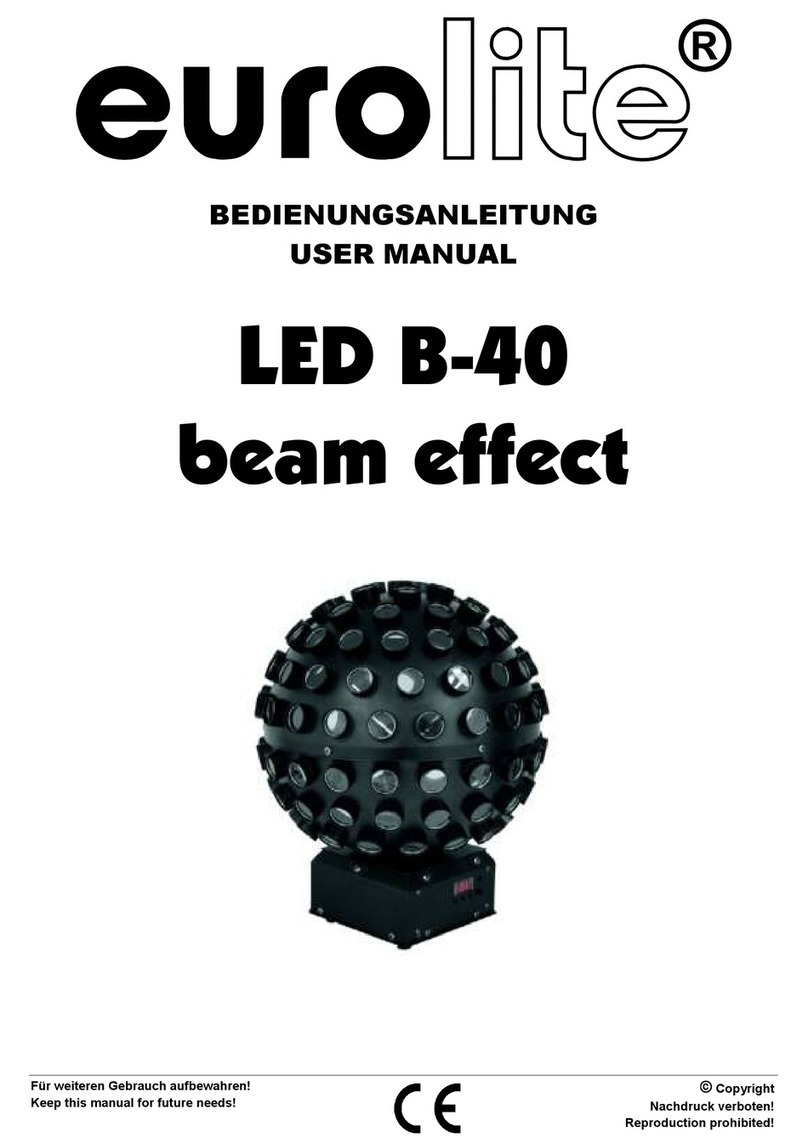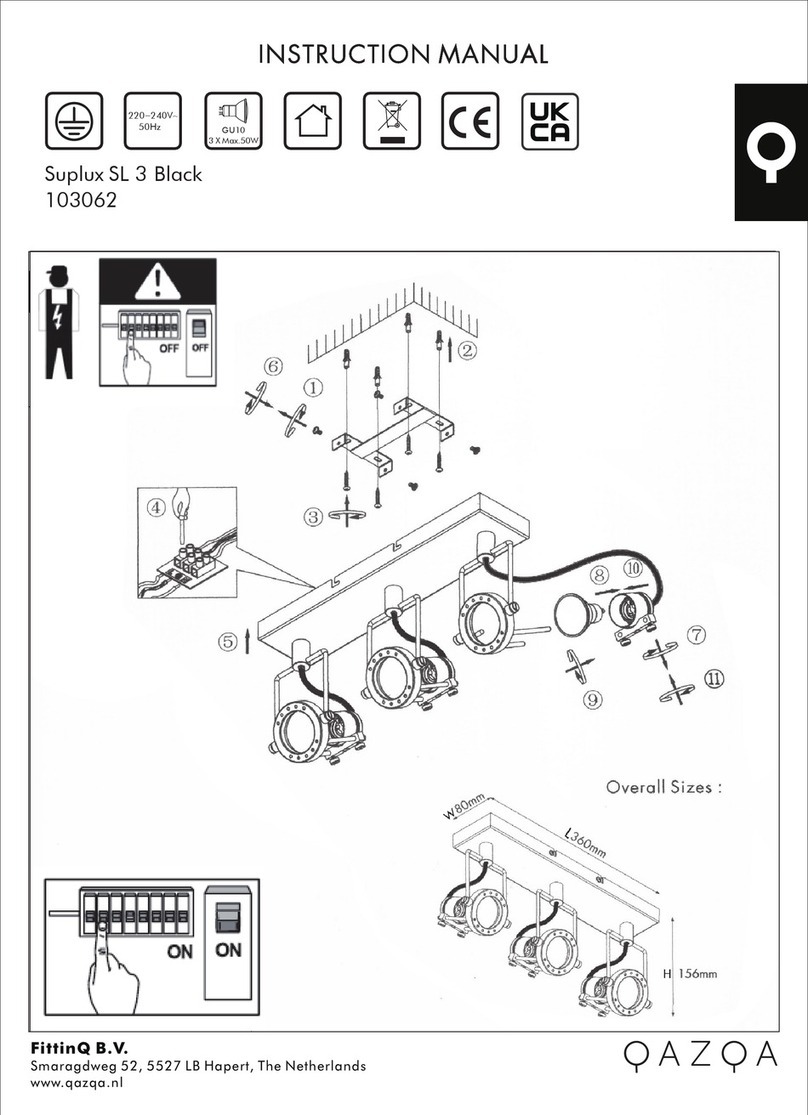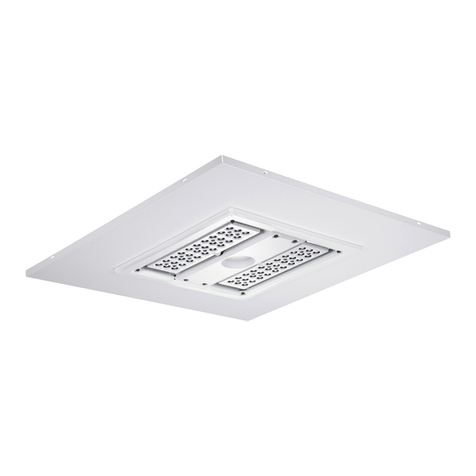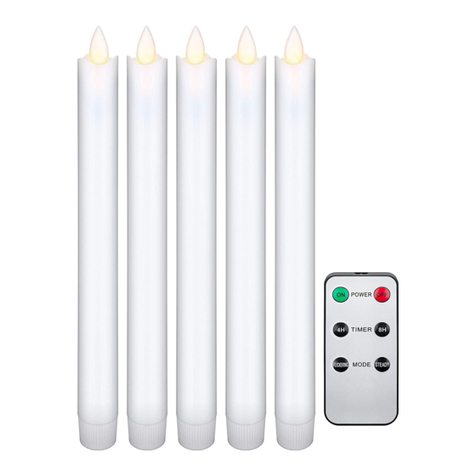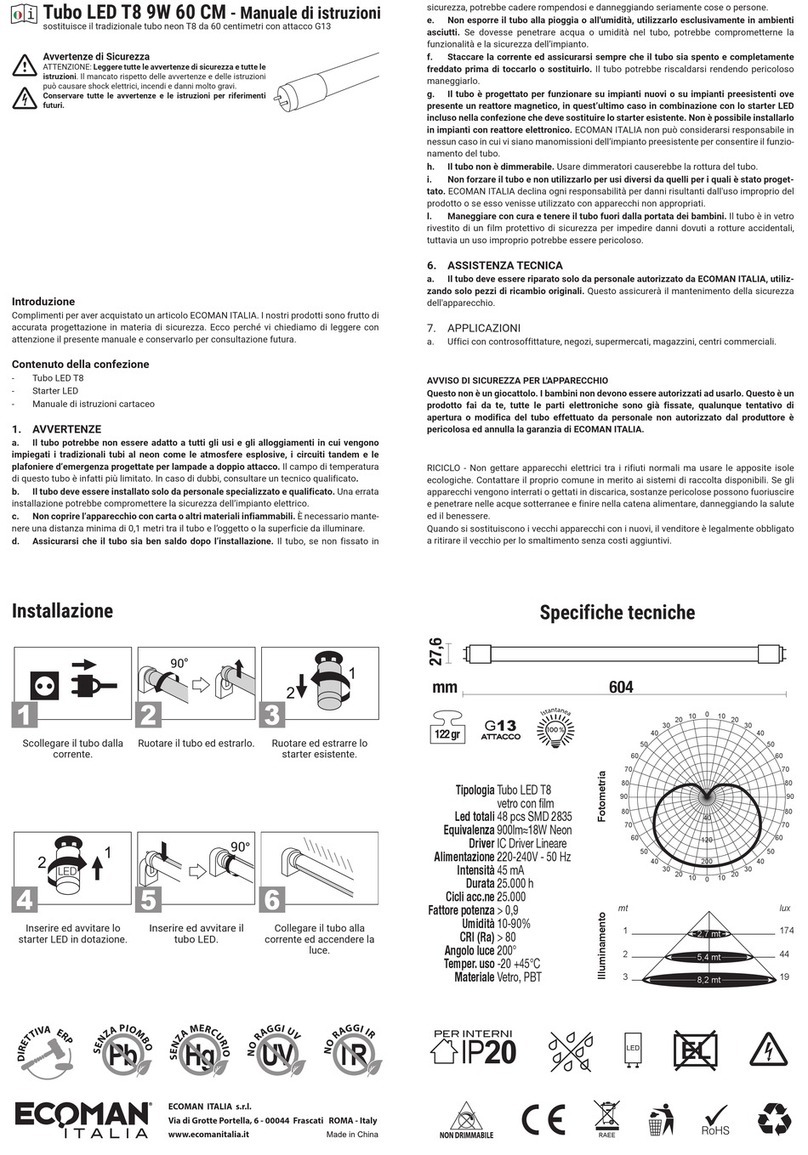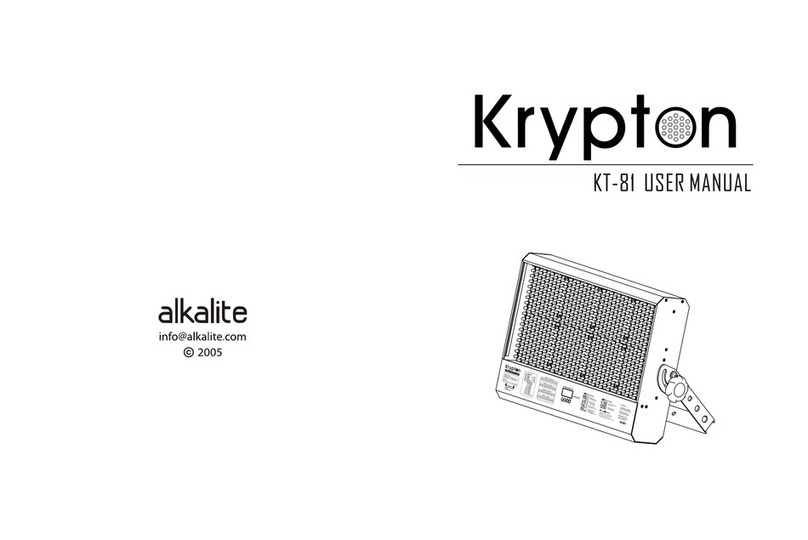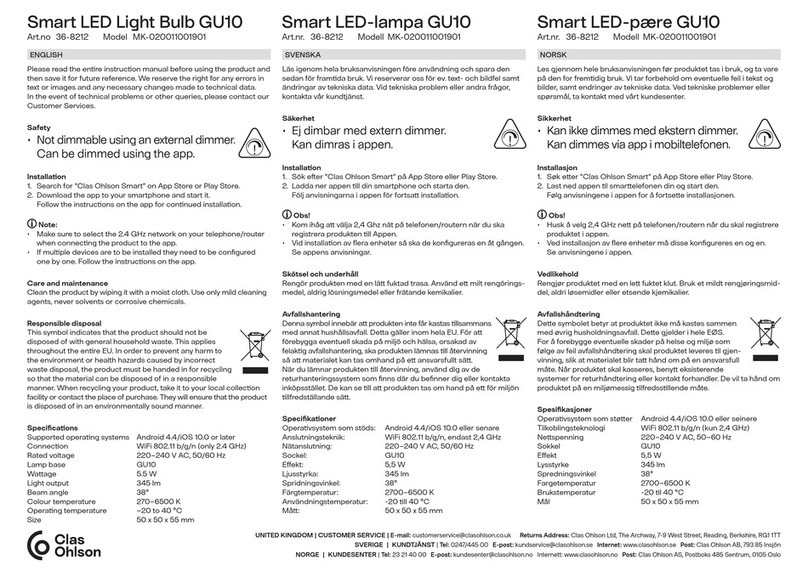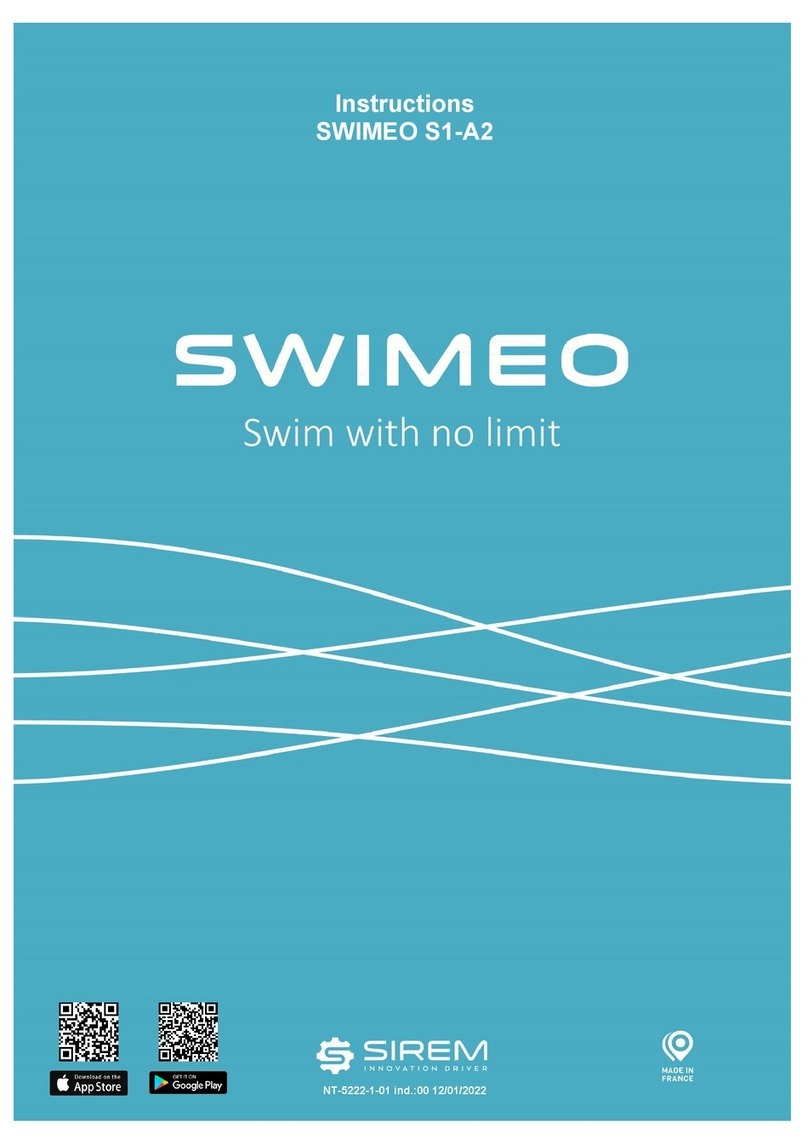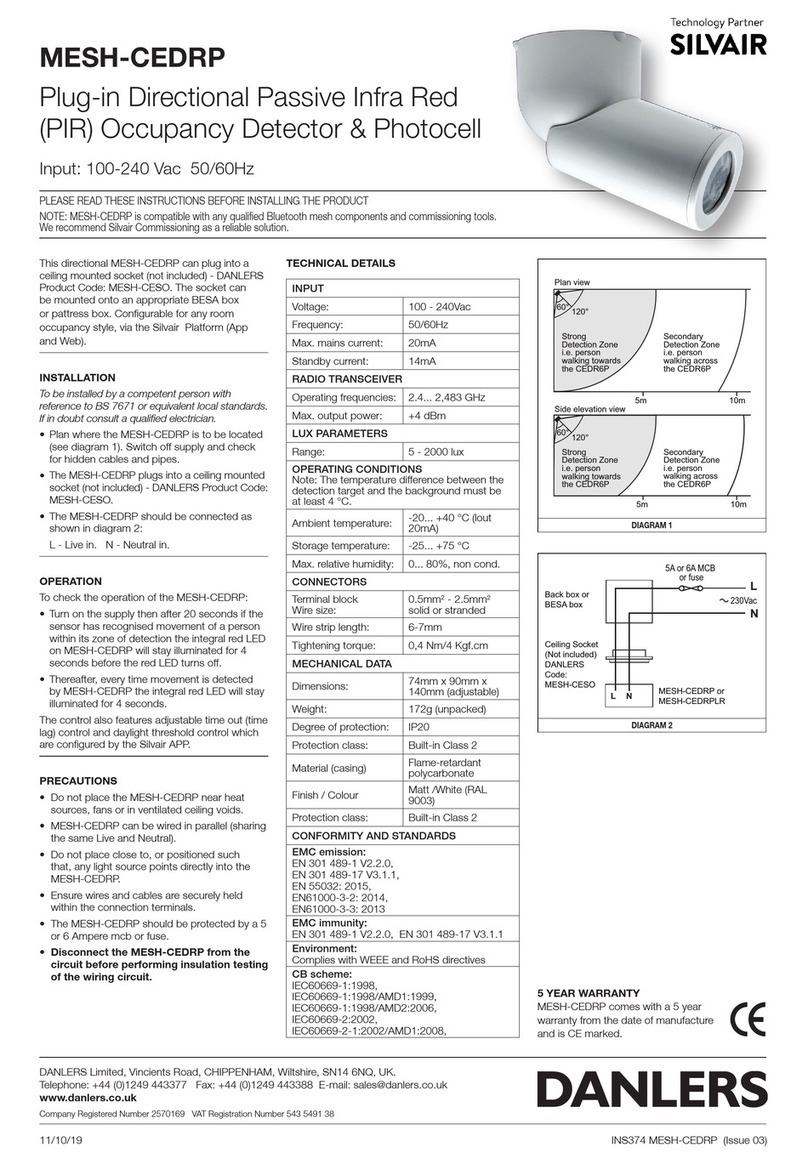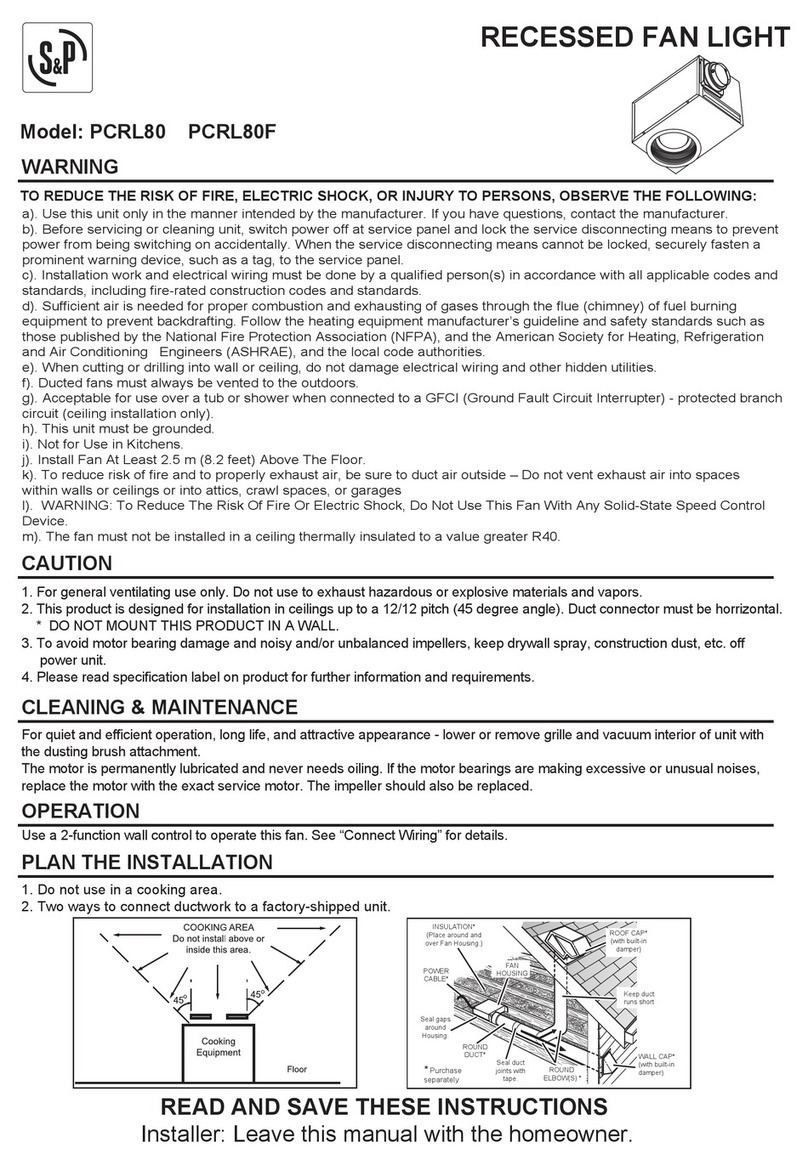
September, 2014 Page 2 of 8
devices. In the versions white and converted
yellow the LED features an ESD protection
diode, which provides ESD stability of up to
8kV according to JESD22-A114-F (HBM).
All other of the product group provides ESD
robustness of 2kV.
Nevertheless as a matter of principle the
common ESD safety precautions have to be
observed during handling, assembly and
production of electronic devices.
The common QFN-like design with identical
solder pad layout and equal small
dimensions (2.7mm x 2.0mm x 0.6mm)
involves an additional benefit concerning
design flexibility due to the exchangeability.
With one circuit board layout, for example,
several applications with different brightness
requirements can be implemented. With the
same layout either the brightness by
different chip sizes can be adapted at the
end of the development phase or later after
some years.
Also with the same board layout different
requirements in brightness like for UNECE
and FMVSS regulation can be fulfilled by the
wide brightness range of the family for each
color.
As a small LED without lens the SYNIOS
P2720 is also perfectly suited for light guide
applications.
As with all LEDs from OSRAM Opto
Semiconductors, the SYNIOS P2720
product group also fulfills the current RoHS
guidelines (European Union & China).
Handling
Accessorily to general guidelines for the
handling of LEDs, additional care should be
taken that mechanical stresses (e.g.
sheering forces) to the elastic silicone
encapsulation must be eliminated or
reduced to the greatest extent possible (see
also application note "Handling of Silicone
Resin LEDs").
In general, all types of sharp objects (e.g.
forceps, fingernails, etc.) should be avoided
in order to prevent stress to or penetration of
the encapsulation, since this can lead to
impairment of the component.
Fig. 3: Manual Handling of the SYNIOS
P2720
For manual assembly and placement –in
the production of prototypes, for example –
the use of so-called vacuum tweezers is
recommended (Figure 4). The effective
mechanical stress on the LED is minimized
by individually exchangeable soft rubber
suction tips.
Fig. 4: Examples of vacuum styluses
If there is no alternative to the exceptional
use of a tweezers (anti-static), the LED must
be picked and handled only at the epoxy
housing (Figure 3).
Please note even after being soldered on
the PCB board touching of the silicon must
be avoided in order to avoid damages of the
bond wire or of the LED housing.
As it can be seen in Figure 5, the SYNIOS
P2720 is packaged in tape and reel.
When processing by means of automated
placement machines, care should be taken
Application Note Number: AN038
